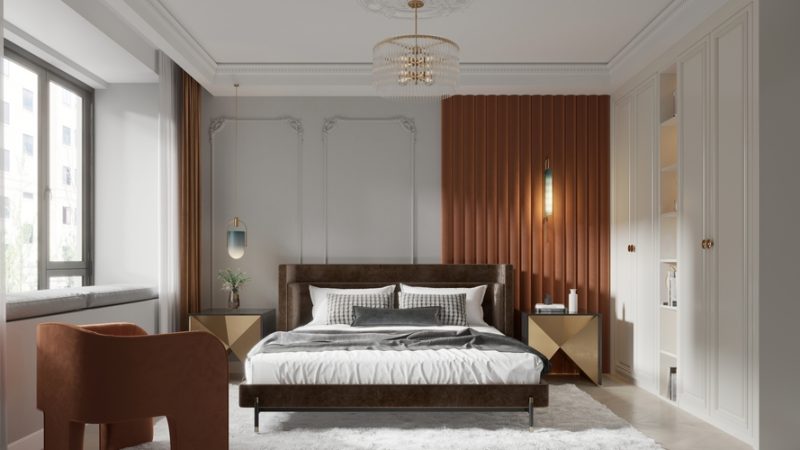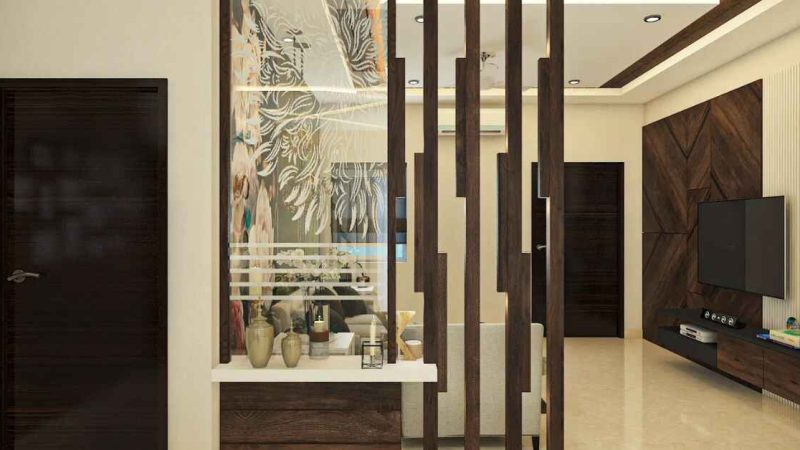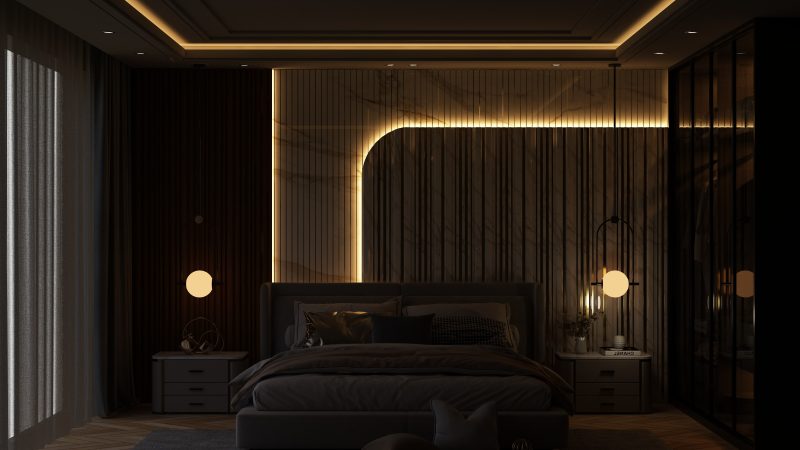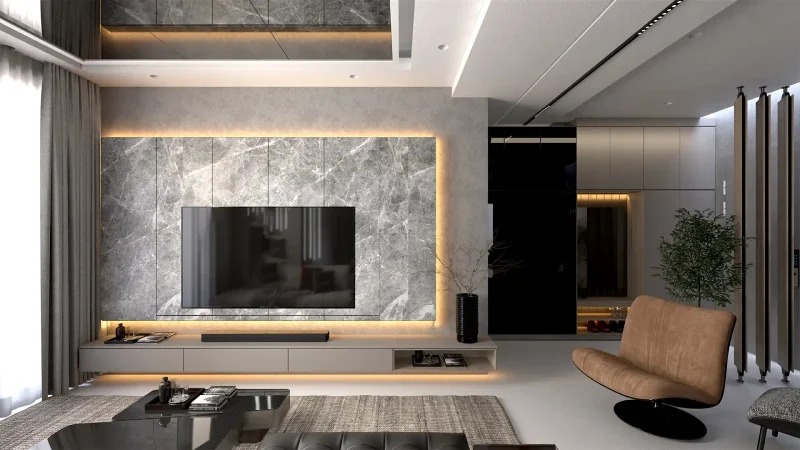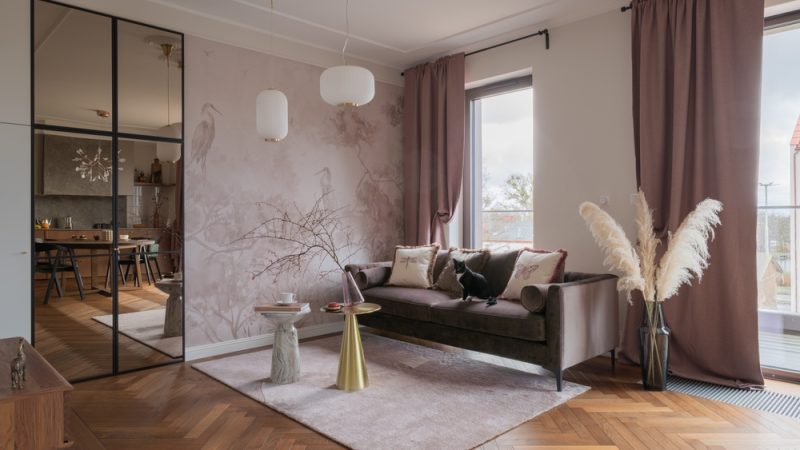How to Choose the Right False Ceiling Design for Your Interiors

A ceiling is often the most overlooked part of a room, yet it has the power to transform the entire look of your home. A false ceiling design not only hides wiring and improves insulation but also adds elegance and style to your interiors. If you’re wondering how to pick the right one, this Q&A guide will answer all the common questions homeowners have about false ceilings.
What is a false ceiling and why is it used?
A false ceiling is a secondary layer installed below the main ceiling. It is used to:
-
Hide electrical wiring, ducts, and structural beams.
-
Provide better thermal and sound insulation.
-
Add layered lighting like recessed or cove lights.
-
Enhance the overall décor of a room with style and depth.
What factors should I consider before choosing a false ceiling design?
When selecting a false ceiling design for your interiors, consider:
-
Room size and height → Low ceilings need simpler designs, while high ceilings allow layers and patterns.
-
Interior theme → Modern homes work well with sleek gypsum ceilings, while traditional homes may suit ornate POP designs.
-
Lighting needs → Choose a design that integrates ambient or task lighting effectively.
-
Budget → Gypsum and PVC are budget-friendly, while wood or custom POP may cost more.
Which materials are best for false ceiling designs?
The choice of material depends on function, budget, and aesthetics:
-
Gypsum: Lightweight, durable, and perfect for smooth, modern ceilings.
-
POP (Plaster of Paris): Great for intricate patterns and molded designs.
-
Wood: Adds richness and warmth, ideal for luxury interiors.
-
PVC: Waterproof and low maintenance, suitable for kitchens and bathrooms.
-
Metal or glass: Modern and industrial, often used in commercial or contemporary homes.
How do lighting options affect a false ceiling?
Lighting is one of the biggest advantages of installing a false ceiling. Popular options include:
-
Recessed lights: Sleek, modern, and hidden inside the ceiling.
-
Cove lighting: Creates a soft, glowing border along the ceiling edges.
-
Pendant lights or chandeliers: Add drama to living rooms and dining spaces.
-
Spotlights: Perfect for highlighting décor or wall art.
A false ceiling allows you to mix and match different lighting styles to achieve both elegance and functionality.
What are the best false ceiling designs for different rooms?
-
Living room false ceiling design: Opt for layered gypsum or POP with cove lighting for a welcoming look.
-
Bedroom false ceiling design: Keep it simple and cozy with soft cove lighting or minimal patterns.
-
Kitchen false ceiling design: Use PVC or gypsum with easy-to-clean finishes and bright task lighting.
-
Office or study false ceiling design: Choose clean, linear designs with recessed lighting to maintain focus.
How do colors and finishes impact the ceiling design?
Colors can make a small room look larger or add bold contrast to a big space.
-
Light colors (white, cream, beige) → Make rooms feel spacious.
-
Wooden finishes → Add warmth and elegance.
-
Glossy finishes → Reflect light, great for compact rooms.
-
Contrasting shades → Create visual drama in larger rooms.
Are false ceilings suitable for small rooms?
Yes, but keep it simple. A small bedroom or living room benefits from a single-layer false ceiling with recessed lighting. Avoid heavy patterns or multiple layers, as they can make the room look cramped.
How do I maintain a false ceiling?
False ceilings are relatively low maintenance. Here are a few tips:
-
Dust regularly to prevent buildup.
-
Repaint POP or gypsum ceilings every few years to refresh the look.
-
Use waterproof materials like PVC in kitchens and bathrooms.
-
Avoid hanging heavy fixtures on lightweight false ceilings.
Conclusion: Choosing the Perfect False Ceiling
The right false ceiling design depends on your room size, theme, lighting needs, and budget. Whether you prefer the sleek finish of gypsum, the creativity of POP, or the warmth of wood, a well-planned ceiling can completely transform your interiors.
Think of your ceiling as the fifth wall of your home — when designed thoughtfully, it enhances both function and beauty.
✨ Ready to upgrade your home? Consult with experts who can customize modern false ceiling designs to match your lifestyle and make your interiors truly stand out.
FAQs on False Ceiling Design
Which false ceiling is best for homes?
Gypsum false ceilings are the most popular for modern homes due to their durability, finish, and versatility.
What is the latest false ceiling trend?
Minimalist gypsum ceilings with cove lighting and wooden accents are trending in 2025.
Is a false ceiling expensive?
Costs vary depending on materials. PVC and gypsum are affordable, while wood and custom POP are higher in price.
Can false ceilings reduce room height?
Yes, by a few inches. That’s why simple designs are recommended for low ceilings.
Which false ceiling is best for kitchens?
PVC and gypsum are best as they are easy to clean, durable, and resistant to moisture.

